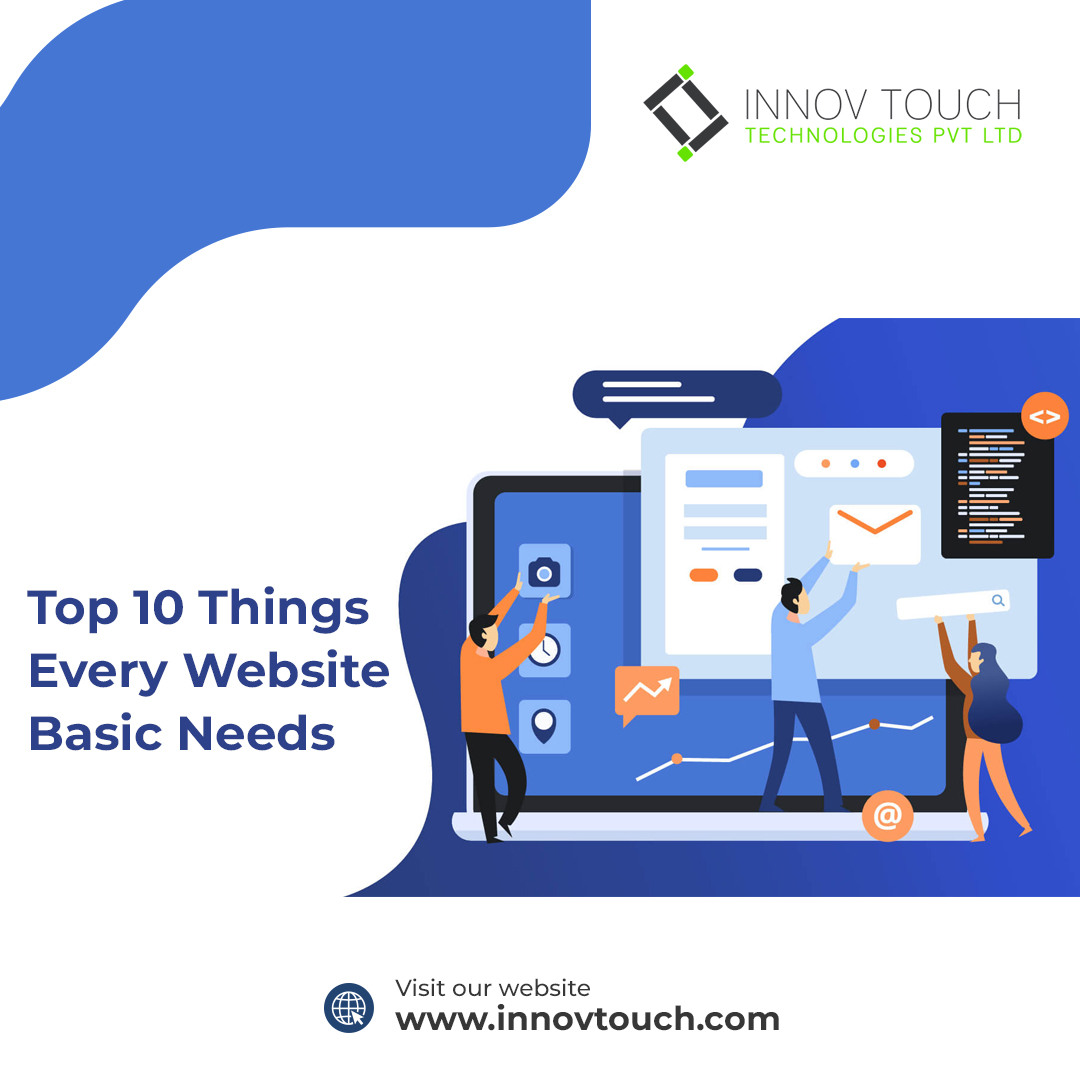- Home
- About ITT
- What We Do
- Website Designing Company in Chennai
- Website Redesigning Company in Chennai
- Corporate Web design
- Responsive Website Designing Company in Chennai
- Single Page Website

When building a website, there are several essential elements that every website should have to ensure a user-friendly and effective online presence.
The homepage is visitors’ first impression of your website, so it should clearly convey your brand, and purpose, and offer engaging content to keep users interested.
A well-organized and intuitive navigation menu helps users easily find what they’re looking for on your website. Use clear labels and logical grouping to make navigation effortless.
With the increasing use of mobile devices, your website needs to be responsive and adapt to different screen sizes. This ensures a seamless user experience across desktops, tablets, and smartphones.
Provide clear contact information, including your email address, phone number, and physical address (if applicable). This helps visitors reach out to you and builds trust.
An “About Us” page allows you to share information about your company, brand, or organization. It helps establish credibility and connects with your audience more personally.
Quality content is key to attracting and engaging visitors. Use well-written and relevant text, images, videos, or any other media that aligns with your website’s purpose and offers value to your audience.
Use clear and strategically placed CTA buttons to guide users to take specific actions, such as signing up for a newsletter, making a purchase, or contacting you. These buttons should stand out visually.
Link your website to your social media accounts to encourage visitors to connect with you on various platforms. It helps extend your reach and allows users to share your content easily.
If your website has a large amount of content or products, a search feature helps users quickly find what they’re looking for. Make sure the search bar is easily accessible and provides relevant results.
Implement analytics tools like Google Analytics to monitor your website’s performance, track user behavior, and gain insights to make data-driven decisions for improvements.
While these are the basic elements, keep in mind that website requirements can vary depending on the specific purpose, industry, or target audience. Tailor your website accordingly to meet your goals and provide the best user experience possible.